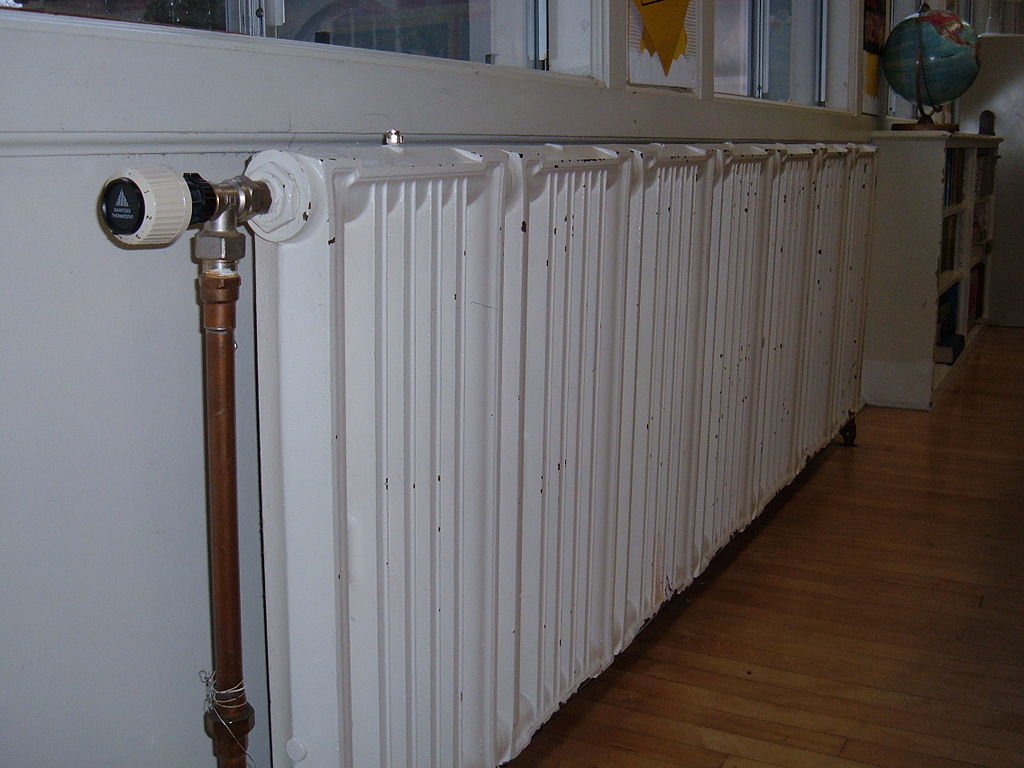
Many people struggle to pay their electric, gas and home heating oil bills. Every year, the cost of power goes up, and you can only save so much by swapping suppliers.
Fortunately, there are plenty of other things you can do to keep your bills under control. Most of the steps we discuss below are easy and inexpensive to implement.
Install more insulation
Insulating your home is a good place to start. Insulation keeps the heat in the property so that it keeps circulating within your home.
It is important to realise that some parts of the home are leakier than others. Understanding this will help you to target your efforts and prioritise insulating those areas where most of the heat is lost. Because around 25% of the heat that leaves a home does so through the roof, you need to insulate your loft space as a matter of urgency. Next, you should look at the possibility of insulating your walls. With insulation, most of the time, you will get your initial investment back and start to actually save money within a year or two.
Draught proof each room
An awful lot of heat is lost because it leaks out of the room, or building. Stopping draughts is the number one way to reduce your heating bills. As you will see draught proofing your home is not hard.
Choose the right window coverings
It is also worth thinking about heat loss when choosing your window coverings. Whenever possible, you should opt to use insulating materials for your window coverings.
Another alternative is to completely seal up windows that you rarely use during the winter. This can be done using plastic film that is stretched over the entire window aperture. It is an easy job to do and the specialist film is relatively inexpensive.
Fit good doors
In fact, you can reduce this problem by making sure that you choose doors that offer a high level of insulation.
Draught proofing the outside of your home
Over the years, the cement that holds your windows and doors in place can deteriorate. When this happens little cracks appear through which cold air can get into your home, and warm air can leak out. Filling these gaps will help you to keep your house warmer without having to turn up the heating. Your local DIY store will tell you which products to use.
Protecting your property from the prevailing wind can also help you to reduce your fuel bills. Planting trees or hedging in the right place will divert the worst of the cold wind away from your home, and act as a form of natural insulation. Your local garden centre will be able to advise you about which plants to use for this task.
More energy saving ideas
If you want more energy saving ideas you can find them here. This article shows you how to carry out a home energy audit, and what steps you can take to solve each issue.